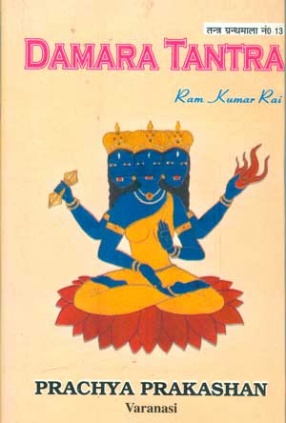
Ram kumar Rai

Showing all 6 books
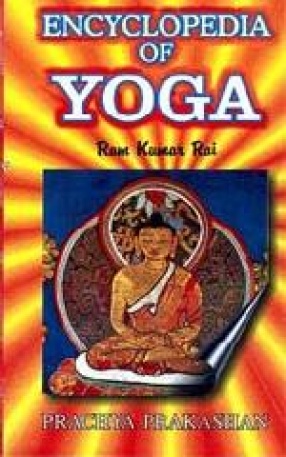

The Damara Tantra is being presented for the first time with its Text in Devanagari and an English Translation. It was initially published long ago in the Bangala script and that edition has been the sole source for the preparation of the present edition. The Bangala edition contains full Text in Sanskrit but the matter in the Appendix-I is only in Bangala language and no Sanskrit original has either been given or referred to. Therefore in the present edition I ...
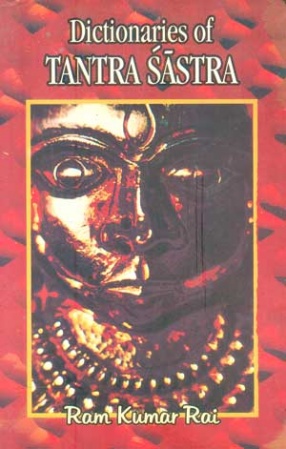
The Tantra literature of India, though in most cases almost lost, is still the only source whence a knowledge of Sadhana in all its aspects-theoretical, practical and ritualistic-may be derived and understood, because it is a Practical (Pratysa) Science. However, the Sastra in its literature is not a plain exposition, which would reveal its intricacies to anyone who lays a hand on it. The Initiation from the Guru is therefore essential. In fact it has been ...
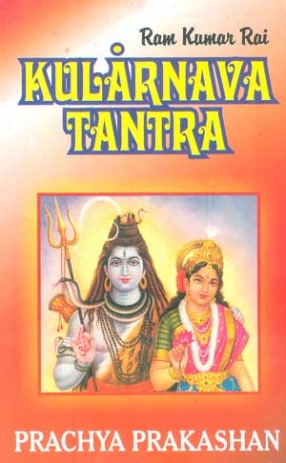
Kularnava is one of the major Tantra of the Kaula School. It commands great authenticity, authority and respect. It has been profusely quoted by almost all the later Tantric works. However, its language, as is the case with most of the other Tantras, mostly conveys information in a codified form not easily discernible by everyone. The purpose behind such a use is to keep the secrets of the teachings confined only to the Sadhakas initiated in the system. ...
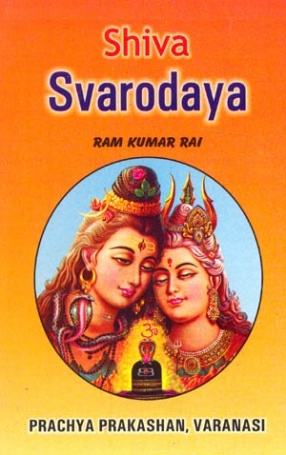
This title book Sivasvarodya, herein presented for the first time, with an English Translation together with Roman version of the Sanskrit text, is an ancient Sanskrit Text of great importance and the only one extant which elucidates the Science of Predicting auspicious and inauspicious results based on the flow of breathing through one or the other nostril. It was initially reveled by Lord Siva to His Divine Consort Parvati with specific instructions to keep it ...
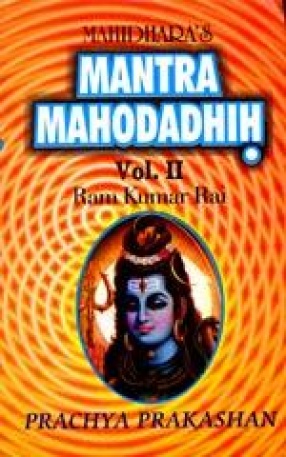
It goes without saying that "Mantravidya" constitutes an integral part of our multi-dimensional cultural heritage. We are already aware of the tradition of the uninterrupted oral transmission of Vedic mantras beginning 5000 B.C. or 2000 B. C. or even earlier, down to the present times, as recorded by Yaska (900 B. C.), there was a school of thought (Kautsa's name is specifically mentioned by Yaska) which regarded the mantras just as a collection of ...

